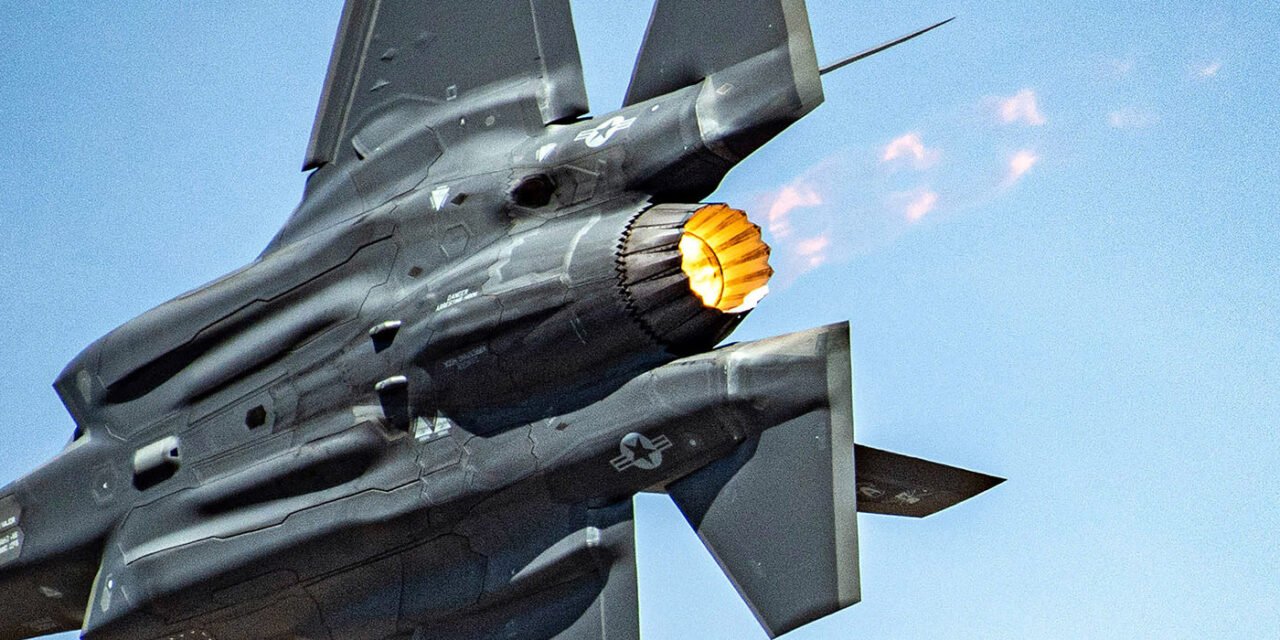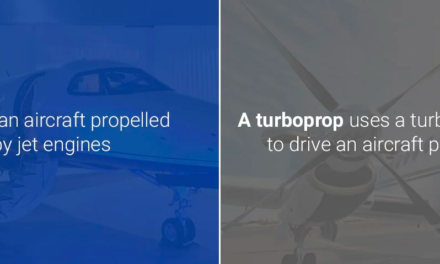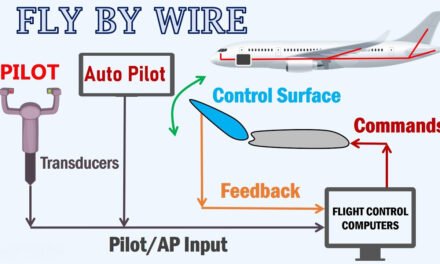Next-generation fighter jets represent the pinnacle of modern aerospace engineering, incorporating advanced technologies to enhance lethality, survivability, and versatility in complex combat environments. Below are the critical components that define these cutting-edge aircraft:
1. Advanced Avionics and Sensor Fusion
- Integrated Sensor Suite:
- Combines radar, infrared, electro-optical, and electronic warfare (EW) sensors to provide a unified operational picture.
- Example: Distributed Aperture Systems (DAS) provide 360-degree situational awareness.
- Sensor Fusion:
- Real-time data integration from onboard and offboard sensors delivers actionable intelligence and reduces pilot workload.
- AI and Machine Learning:
- AI-driven systems assist in threat identification, targeting, and predictive decision-making.
2. Stealth and Low Observability
- Shaping and Design:
- Aerodynamic profiles and angled surfaces deflect radar waves, reducing the aircraft’s radar cross-section (RCS).
- Radar-Absorbent Materials (RAM):
- Coatings and composites minimize radar reflectivity and infrared signatures.
- Infrared Suppression:
- Technologies like cooled engine exhausts reduce heat emissions, making the aircraft harder to detect with infrared sensors.
3. Next-Generation Propulsion Systems
- Supercruise Capability:
- Engines enable sustained supersonic flight without afterburners, enhancing speed and fuel efficiency.
- Variable Cycle Engines:
- Adaptive engines adjust their operating modes for optimal performance in different flight conditions, improving range and efficiency.
- Thrust Vectoring:
- Engine nozzles can redirect thrust to enhance maneuverability in combat scenarios.
4. Advanced Weapon Systems
- Internal Weapons Bays:
- Reduce drag and maintain stealth by storing missiles and bombs inside the fuselage.
- Beyond Visual Range (BVR) Missiles:
- Advanced air-to-air missiles like the AIM-120 AMRAAM engage targets at long distances.
- Hypersonic Weapons:
- Integration of missiles capable of speeds exceeding Mach 5 for strategic strike capabilities.
- Directed Energy Weapons (DEWs):
- High-energy lasers or microwave systems for precise targeting of incoming threats like missiles or drones.
5. Multirole Capability
- Air-to-Air and Air-to-Ground:
- Next-gen jets are designed to excel in both aerial combat and ground attack roles, often switching between them mid-mission.
- Electronic Warfare:
- Capabilities for jamming enemy communications, radar, and targeting systems.
- Maritime Strike:
- Integration of anti-ship missiles for operations in naval theaters.
6. Enhanced Cockpit and Pilot Interfaces
- Augmented Reality (AR):
- Helmet-mounted displays (HMDs) provide pilots with critical information directly in their line of sight.
- Example: F-35’s HMD allows pilots to “see through” the aircraft using external cameras.
- Voice and Gesture Controls:
- Intuitive interaction systems for faster and more efficient command inputs.
- Reduced Pilot Workload:
- Automated systems and AI reduce the complexity of managing combat systems, allowing pilots to focus on strategic decisions.
7. Autonomous and Unmanned Capabilities
- Loyal Wingman Drones:
- Fighter jets operate alongside autonomous drones, which extend situational awareness and carry additional weapons.
- Unmanned Operations:
- Some next-gen jets can operate as fully autonomous or optionally manned platforms.
8. Advanced Radar and Electronic Systems
- Active Electronically Scanned Array (AESA) Radar:
- Provides superior target detection, tracking, and jamming capabilities.
- Example: Detection of stealth aircraft and low-observable targets.
- Electronic Warfare Suite:
- Protects the aircraft from radar-guided missiles, electronic jamming, and cyberattacks.
- Data Link Integration:
- Enables real-time communication and data sharing with other assets in the battlespace.
9. Superior Aerodynamics and Maneuverability
- High Maneuverability:
- Designed for extreme agility in dogfights, leveraging thrust vectoring and advanced control surfaces.
- High-Aspect Wings:
- Optimized for both subsonic and supersonic flight to balance range and agility.
- Reduced Drag:
- Aerodynamic enhancements improve speed, fuel efficiency, and stealth.
10. Extended Range and Endurance
- Increased Fuel Efficiency:
- Variable cycle engines and improved aerodynamics extend operational range.
- Air-to-Air Refueling:
- Compatibility with modern refueling systems for long-duration missions.
11. Network-Centric Warfare Integration
- Battlefield Connectivity:
- Seamless integration with other air, land, sea, and space assets for coordinated operations.
- Multi-Domain Operations:
- Operates as part of a larger system, sharing real-time data with satellites, ships, and ground forces.
- AI-Driven Swarming Tactics:
- Collaboration with drone swarms for overwhelming enemy defenses.
12. Survivability and Resilience
- Advanced Countermeasures:
- Deploys flares, chaff, and electronic countermeasures to evade or disrupt enemy missiles.
- Damage Tolerance:
- Robust designs allow the aircraft to remain operational despite sustaining minor damage.
- Cybersecurity:
- Protection against hacking and electronic sabotage of onboard systems.
Next-generation fighter jets are not just platforms for combat but nodes in a highly integrated and technologically advanced defense ecosystem, ensuring dominance in future battlefields.













